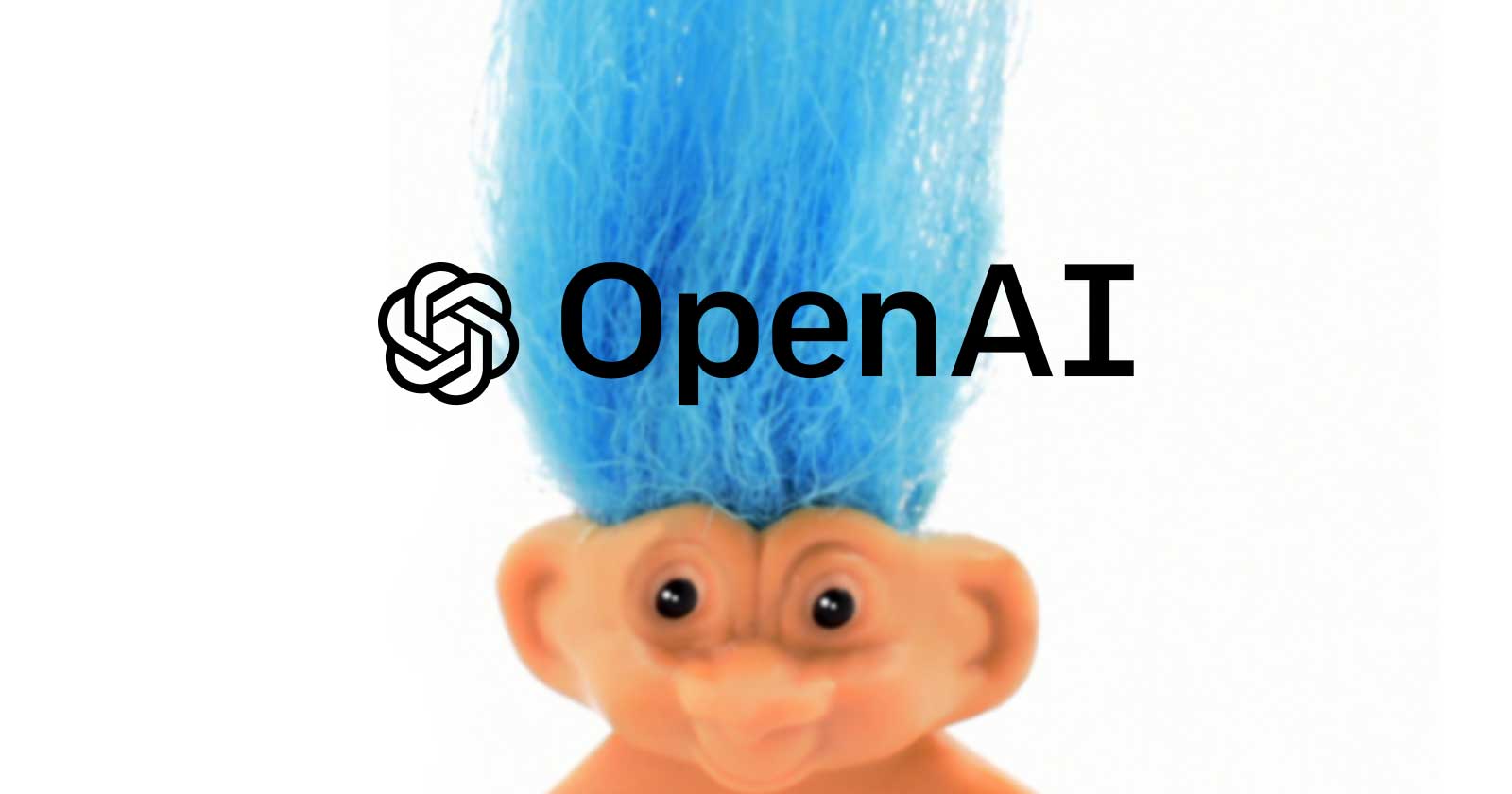[ad_1]
OpenAI's GPT-4o Announcement Overshadows Google I/O
In the weeks leading up to Google's highly anticipated event, Google I/O, OpenAI managed to shift the spotlight towards themselves with the announcement of their latest model, GPT-4o. However, when the big reveal finally arrived, it left many underwhelmed. The new language model, touted as the next big thing, was only marginally better than its predecessor and was still in the early stages of development, far from being considered a revolutionary breakthrough.
The Letter O and Subtle Trolling
One cannot ignore the subtle trolling aspect in the naming of OpenAI's new model, GPT-4o, where the "o" mirrors the letter in Google's event, I/O. While OpenAI claims that the "O" stands for Omni, signifying all-encompassing capabilities, the choice of name seemingly carries a deeper subtext.
GPT-4o: Oversold As Magic
Prior to the official announcement, OpenAI's Sam Altman teased about unveiling something magical with the new model. Co-founder Greg Brockman echoed this sentiment by highlighting GPT-4o's ability to reason across text, audio, and video in real-time, emphasizing its versatility and potential for enhancing human-computer interactions.
The key advancement in GPT-4o lies in its consolidated audio processing capabilities within a single model, promising to deliver audio input and output seamlessly in real-time. However, despite the completion of the audio features, the model is still undergoing refinement, delaying its Alpha release due to safety concerns.
Mixed Reactions and Critical Feedback
Following the announcement, some users expressed disappointment in the perceived overselling of GPT-4o, citing incomplete features and minor improvements over previous iterations. AI engineer Maziyar Panahi voiced his dissatisfaction with the new model, emphasizing the lack of significant enhancements in his field of interest.
Despite some negative feedback, others viewed GPT-4o's speed and cost benefits positively, especially for API users. The ongoing debate surrounding OpenAI's marketing strategies and product positioning raises questions about the model's true impact and value in the rapidly evolving AI landscape.
Evaluating GPT-4o Performance
Comparative analysis across multiple benchmarks reveals GPT-4o's performance in relation to GPT-4 Turbo and highlights areas of strength and weakness. While the model excels in certain tasks such as multitasking accuracy and coding benchmarks, it falls short in reading comprehension assessments, suggesting room for further refinement.
As OpenAI continues to refine GPT-4o and address user feedback, the model's true potential remains to be fully realized. The juxtaposition of hype versus substance underscores the complex interplay between technological innovation, market expectations, and user satisfaction in the realm of artificial intelligence.
Conclusion
In conclusion, OpenAI's unveiling of GPT-4o may have overshadowed Google's I/O event in the short term, but the long-term impact and value of the new language model are yet to be fully determined. As the AI landscape continues to evolve, the significance of incremental advancements and user-centric design principles will shape the future trajectory of language models and AI applications.
Image/Photo credit: source url
[ad_2]

